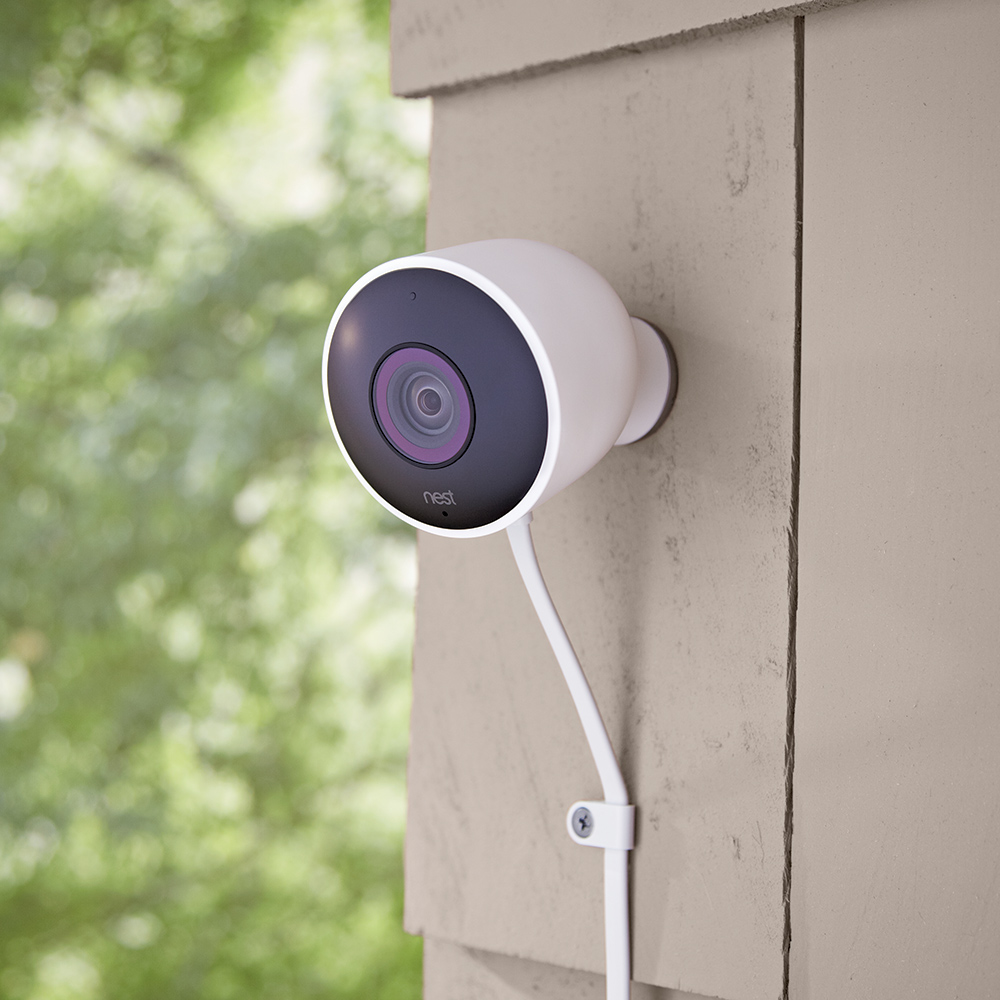Choosing the right video surveillance system is a decision that homeowners and property managers will have to face at some point. There have been advancements in video surveillance over the years and there are a ton of options if you’re looking for a holistic solution. You can opt for integrating Cloud Based Video Surveillance for the new installation.
Surveillance will deter criminals from accessing your premises because they will know that they’re being watched. Before you can choose a video surveillance system, it is important to go through home surveillance system reviews which will help you find the best one. Also, It is important to identify the challenge you want to overcome with the video surveillance system.
Are the cameras for visual deterrence or they need to be discreet?
This will be determined by the location and what you need to monitor. There are situations where you need to be discreet especially in a work setting. To deter criminals, box cameras are recommended because they’re large and conspicuous. It will be hard for them to go unnoticed by the criminals. If you’re thinking about a discreet solution, dome cameras can come in handy. There are some ultra-compact models that can fit in your hands without a problem.
Will the cameras be installed indoors or outdoors?
Even though most modern cameras can be installed both indoors and outdoors, it is important that you consider monitoring and housing features. Choosing a durable camera is important if it is going to be installed in an area that experiences extreme climate. There are some industries like transport which will necessitate having durable cameras that can withstand harsh environments. There could also be a level of shock and vibration which can damage the cameras if they’re not installed well.
The cameras should be protected from greases and humidity of it is a kitchen or a restaurant setting.
How large is the area you want to cover?
The area that is needed to be covered by the video surveillance system will determine the type of camera that you go for. That is why a blueprint of the area needs to be drawn highlighting the important areas to be covered. PTZ cameras are ideal for covering large spaces and you also get the ability to zoom on a particular activity using sensor technology. You don’t have to spend on several cameras just to cover the whole area. The type of camera system you choose could potentially keep the cost down as it is able to cover as much ground as possible.
What is the quality of image and video you require?
High-resolution images and videos will take up a lot of space. The type and size of the area will inform the kind of resolution that you need. An example is wide retail areas that require high-resolution videos so that the quality isn’t lost when one is zooming in. Smaller areas like offices will not require high resolution when zooming. It should be noted that it is not always that you will need a high-resolution camera for your video surveillance needs.
What is the lighting conditions?
There is no harm in testing the cameras to identify the one that works best given your lighting situation. Both the inside and the outside of a building will experience different amounts of light through the day and night. The time of the year could also affect the quality of the light. The cameras need to be installed where there is light to optimize the surveillance process. You can also consider installing new light fixtures if you want to do 24/7 video surveillance.
Is audio important?
Most video surveillance systems will come without audio but that doesn’t necessarily mean you can’t have it as an option. Audio can be used as an independent detection mechanism from a surveillance point of view.
Is scalability a consideration?
You might need to add more cameras as time goes by. There could be limitations if the installation was not done correctly. It is crucial to have a scalable and flexible video surveillance system in place. One of the challenges with conventional CCTV camera is they are close circuit. This means that everything is physically hard-wired which can be a challenge to scale. The ideal choice would be to go for IP cameras which can be linked with a wireless network in your home or building. This makes it flexible for scaling as all you have to do is to install additional cameras and you’re done.





















